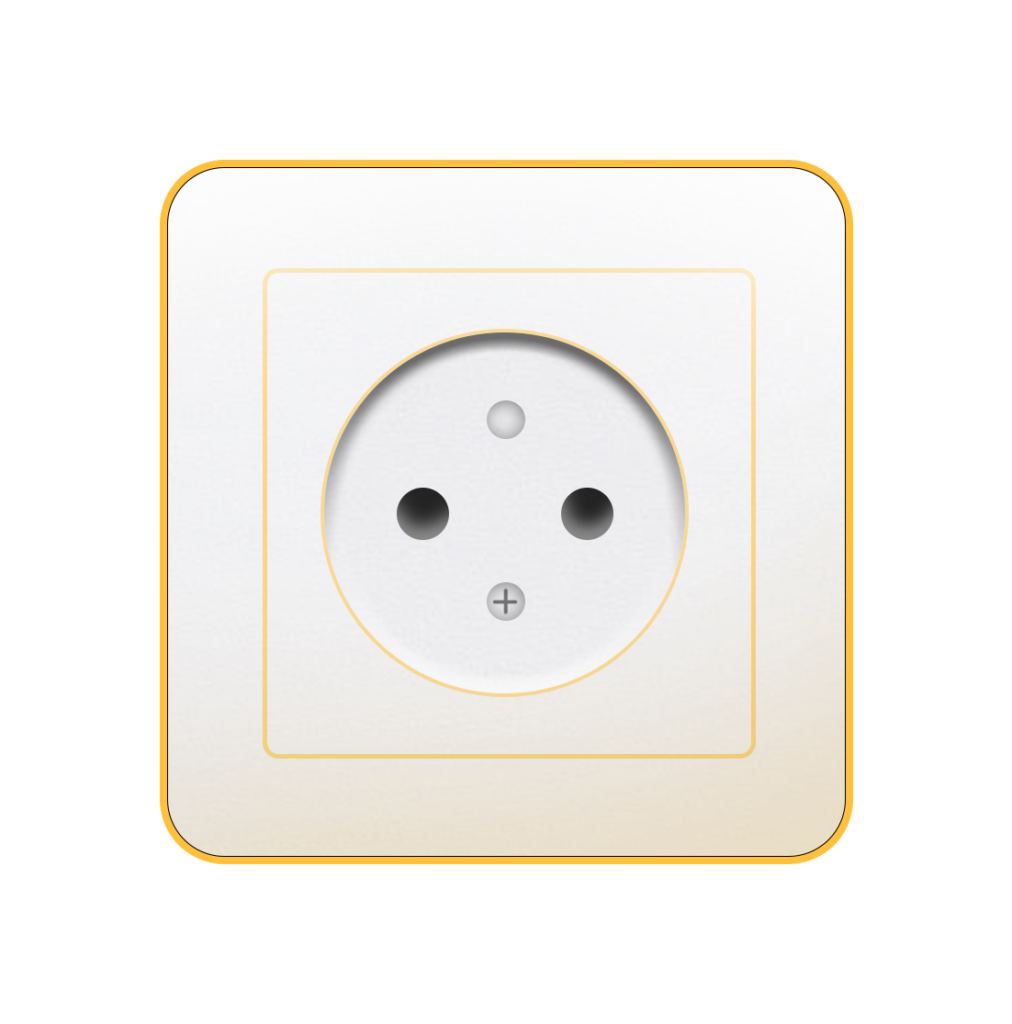When it comes to electrical safety abroad, it’s important to know the difference between earthed and unearthed plugs and sockets. The following socket types are always earthed:
- Type B socket
- Type D socket
- Type E socket
- Type F socket
- Type G socket
- Type H socket
- Type J socket
- Type K socket
- Type L socket
- Type M socket
- Type N socket
- Type O socket
What Is an Earthed Plug or Socket?
An earthed plug or socket is designed to protect you—and your gadgets—from electrical mishaps like short circuits or power surges. It includes an extra connection that safely channels excess current into the ground, helping to prevent shocks and damage to your electronics.
How to Recognise an Earthed Plug
You’ll spot an earthed plug by its extra metal pin or side contacts. These are the components that make contact with the earth wire. Key features include:
- Extra safety: They channel electrical surges safely into the earth.
- Easy to spot: Look for a third pin or side contacts.
- Typical use: Often used for high-powered or metal-cased appliances like fridges, washing machines or microwaves.
Common Earthed Plug Types Around the World
You’ll find different earthed plugs in use across the globe. Here are a few of the most common types:
- Type F (Schuko):
- Two round pins with side clips for earthing.
- Popular in countries like Germany and much of Europe.
- Type E:
- Type B (NEMA 5):
How to Identify an Earthed Socket
In most modern homes—and especially in newly built properties—earthed sockets are the norm. If you live in an older house, it’s well worth checking and upgrading where needed. Here’s what to look for:
- Metal contact points at the top and bottom of the socket.
- Side slots or grooves that connect with the plug’s earth contacts.
- Additional openings beside the main holes for earthing pins.
Unearthed sockets, by contrast, tend to be simpler—just two holes and no metal contacts or grounding mechanisms.
Type B Socket

Type E Socket

Type F Socket

Internal Wiring in Earthed Sockets
An earthed socket typically has three internal wires:
- Brown wire: live (carries current).
- Blue wire: neutral.
- Green and yellow wire: earth.
The green and yellow earth wire is what makes the socket safe—it’s the one that whisks away any excess voltage, keeping both your tech and your fingers shock-free.
UK & International Regulations
In the UK, all standard mains sockets are required by law to be earthed. This has been the case for decades—so if you’re plugging something in at home, in a hotel or even at the local pub, you can rest easy. However, if you’re travelling abroad, the rules (and the sockets) may vary. In older properties overseas, especially in rural areas, unearthed sockets can still be found—so it’s worth checking before you plug in.